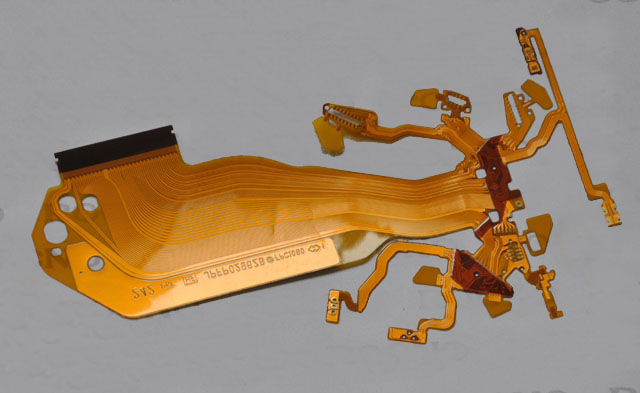1. The stiffener on the flexible PCB is generally equipped with a layer of thermosetting glue. The thermosetting adhesive is solid at normal temperature and has no viscosity, but when the temperature rises to a certain level, it will change to a semi-cured state with strong viscosity. At this time, the reinforcing plate and the FPC will be stuck (the general method is to After strongly aligning with the bonding position, use a soldering iron for 1 ~ 2s to perform single-point positioning. After that, hot pressing, that is, high temperature and high pressure, allows the whole surface glue to flow and bond completely, which is basically difficult to separate). After baking, the glue is further cured.
2. This process is generally marked on the process sheet to be attached to the reinforcement board, and the FPC drawing will be issued at the bonding reinforcement station. The drawing contains the FPC shape, the reinforcement shape, and the location of the two. Patching by hand or using a jig to aid patching.
The characteristics of Flex PCB are light, thin and short, so it is also the best choice for most intelligent electronic products. Flexible circuit boards are also easy to produce operations such as hitting, folding, and scratching during use. They have low mechanical strength and are easy to crack. Therefore, the purpose of laminating reinforcing materials (stiffener) is to strengthen the mechanical strength of the FPC flexible circuit board and facilitate the mounting of components on the surface of the PCB.There are many types of reinforcing films used in flexible circuit boards, depending on the requirements of the product. Mainly include PET, PI, adhesive, metal or resin reinforcement board, etc.

1. Reinforcement
1.1. Hot-pressing reinforcement: At a certain temperature, the thermosetting adhesive of the reinforcement film starts to melt to make the reinforcement film stick to the product, so that the reinforcement is positioned.
1.2. Pressure-sensitive reinforcement: without heating, the reinforcement can stick to the product.
3. Reinforcement
3.1. Hot-pressing reinforcement: use high temperature to melt the thermosetting adhesive of the reinforcing film, and use appropriate pressure or vacuum to make the reinforcing film closely fit on the flexible circuit board.
3.2 The pressure-sensitive reinforcement of the flexible circuit board: no heating is required, and the product is pressed by the cold press.
4. ripening
For hot-pressing reinforcement: the pressure is small when pressing, the time is short, the reinforced thermosetting adhesive is not completely aging, and it needs to be baked at high temperature for a long time to completely aging the adhesive and increase the adhesion between the reinforcement and the product .
Copyright © 2025 A-TECH CIRCUITS Co., Ltd. | All Rights Reserved
Hello, please leave your name and email here before chat online so that we won't miss your message and contact you smoothly.